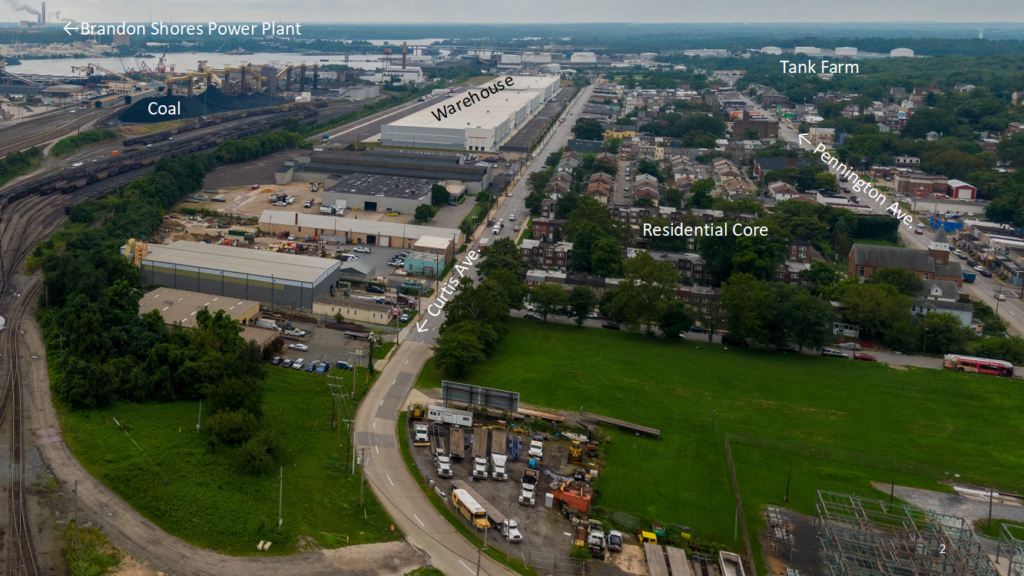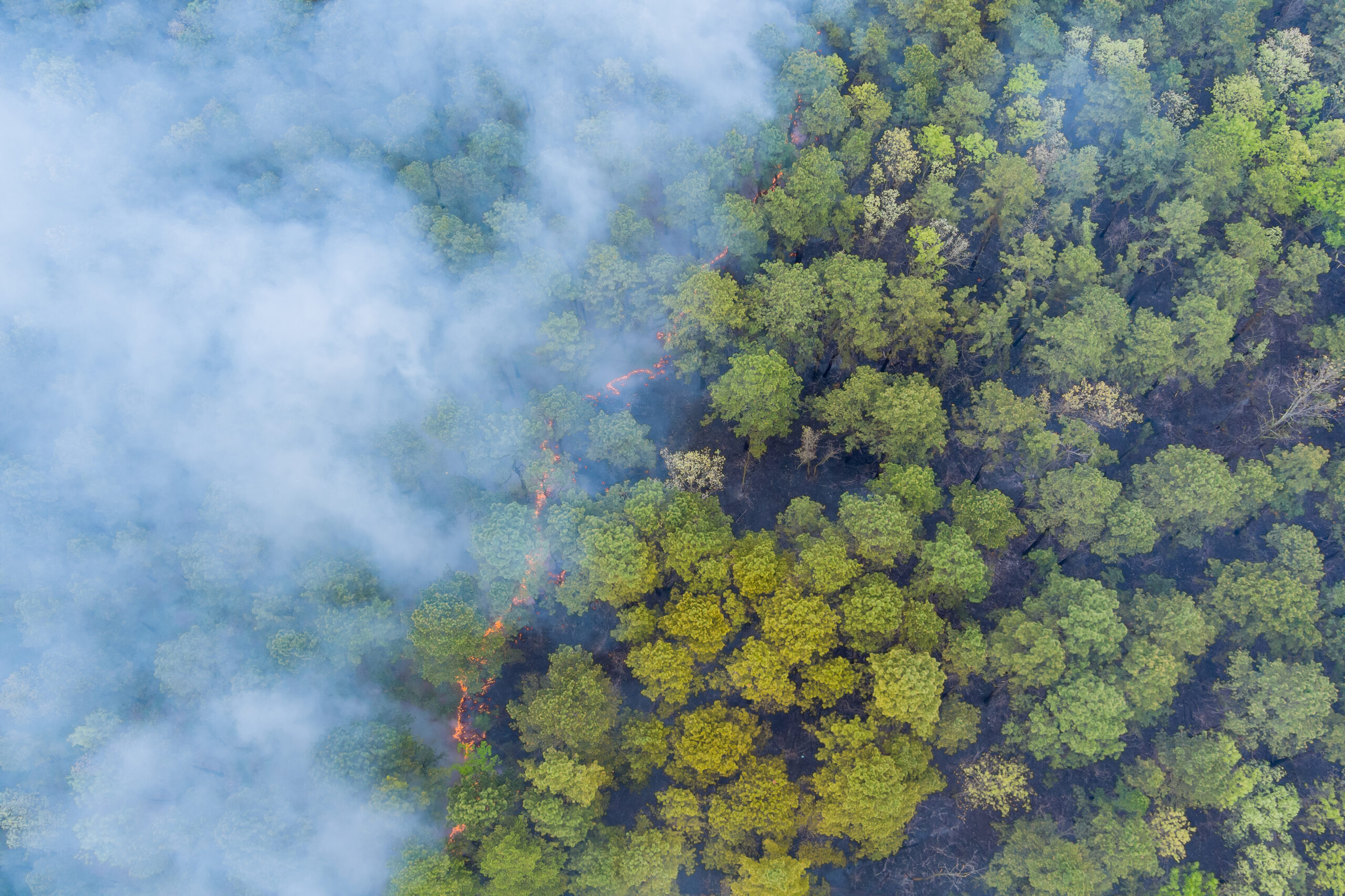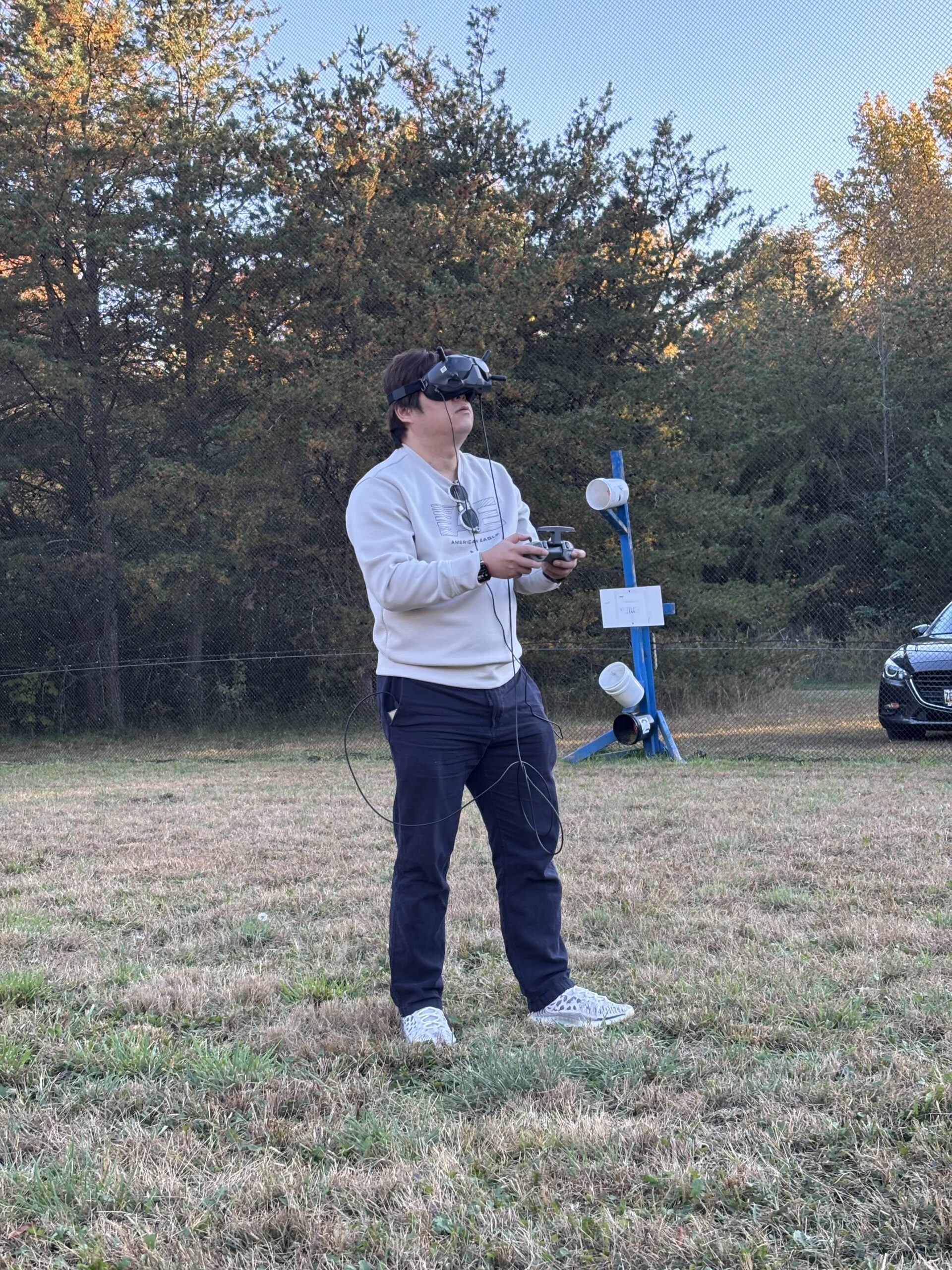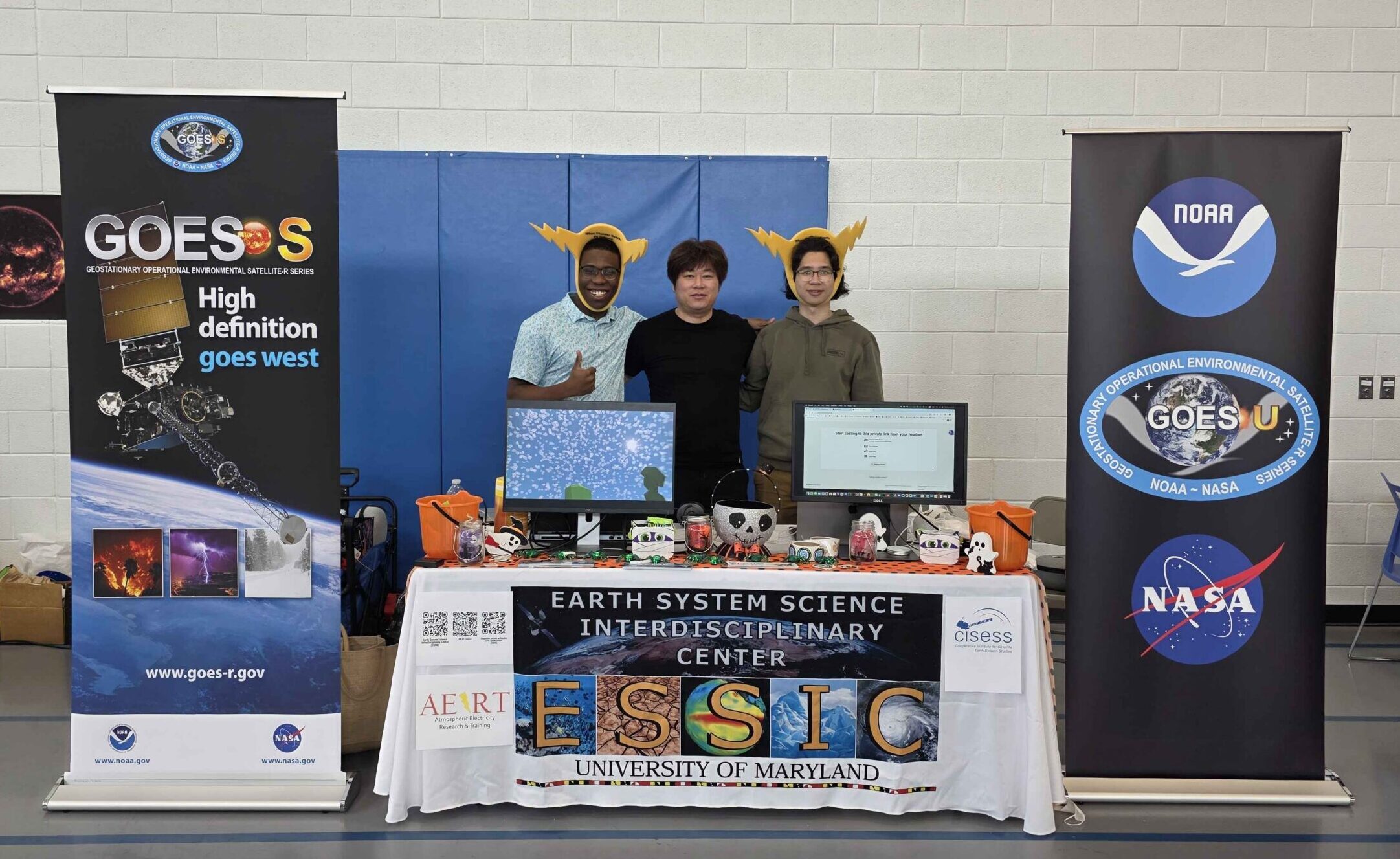
Russ Dickerson, ESSIC affiliate & key investigator for Climate Resilience Network, is working on an ongoing project to characterize and improve air quality in overburdened communities in Maryland.
The research identified diesel exhaust and coal dust as major contributors to air pollution that is much higher in disadvantaged communities such as Curtis Bay, a neighborhood in South Baltimore.
6 months ago, Dickerson contributed to a report that documented the presence of coal dust in Curtis Bay. Last month, CSX Transportation – the organization that owns the coal pier in Curtis Bay – released a response to the report that disputed the researchers’ claims. CSX argues that the researchers failed to prove the harms of coal dust to the neighborhood.
In reality, Dickerson explained to The Baltimore Banner, the researchers found mixtures of all sorts of particles, including dust, bits of metal, organic matter and “absolutely, coal dust.”
“There definitely is coal dust there,” he said. “It is minimally a nuisance and possibly a health hazard.”
Dickerson said there’s more work still to be done to determine how much of the pollution in Curtis Bay is coal. But he said that judging from the samples he studied, much of the compound he viewed under the microscope was coal — maybe even most of it.
To read The Baltimore Banner article that featured Dickerson’s comments, click here: “A state-backed report found coal dust across Curtis Bay. CSX isn’t convinced.”





